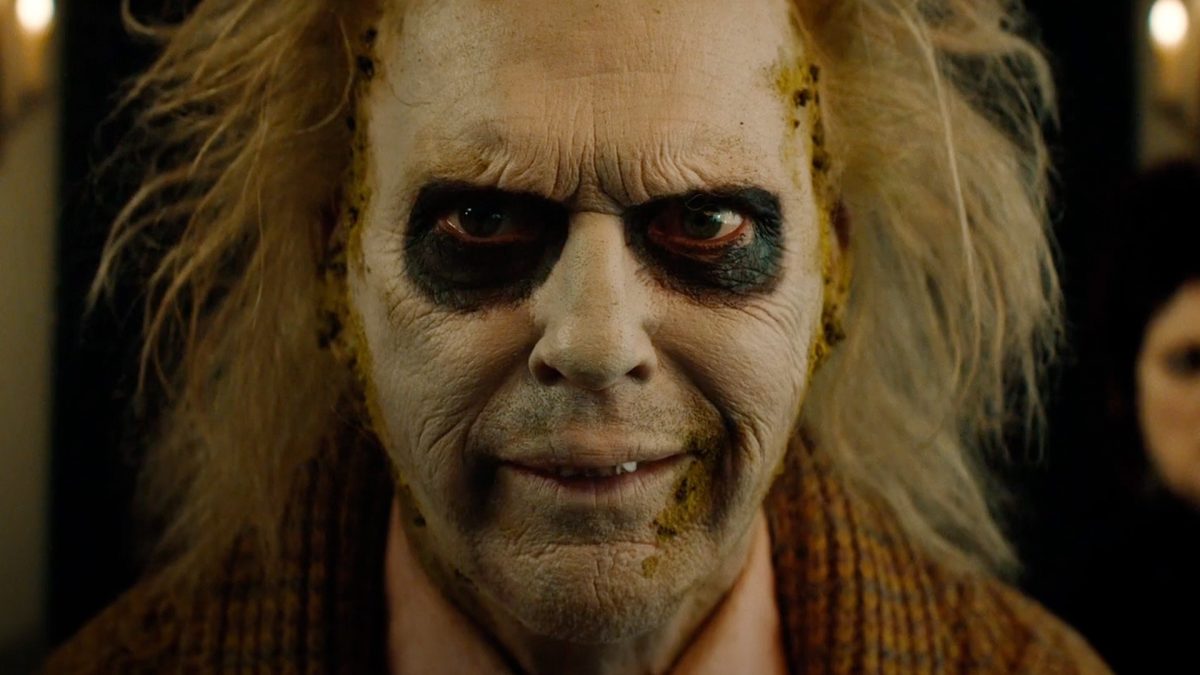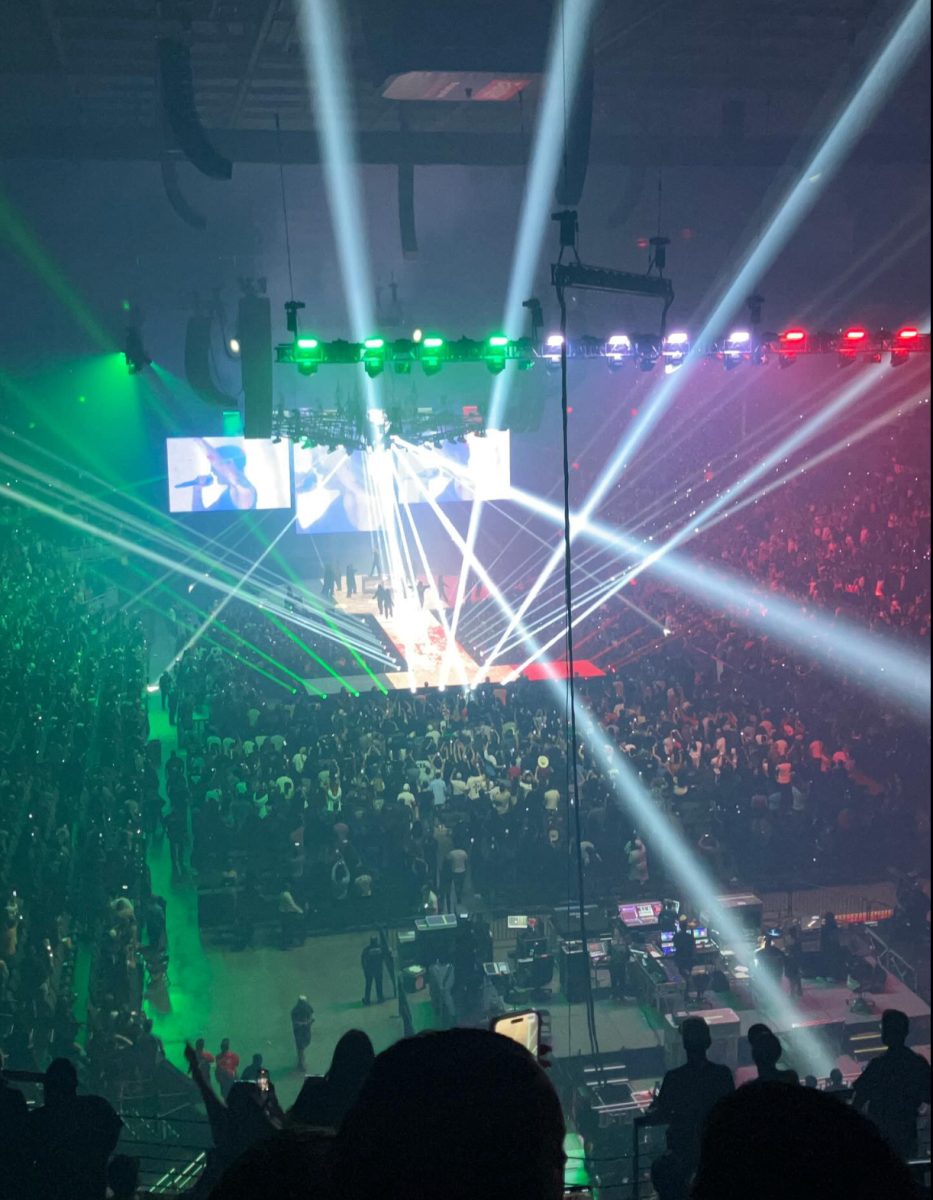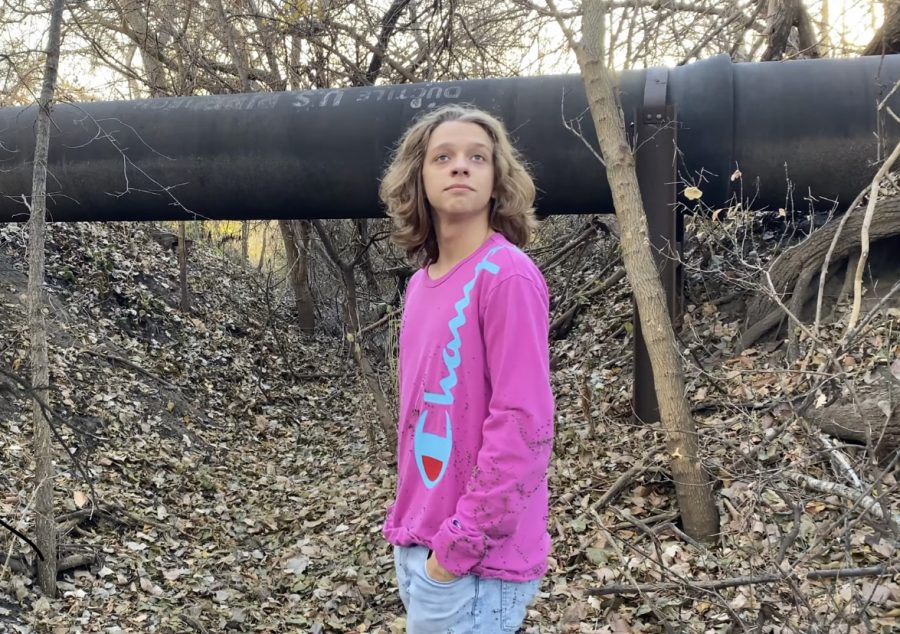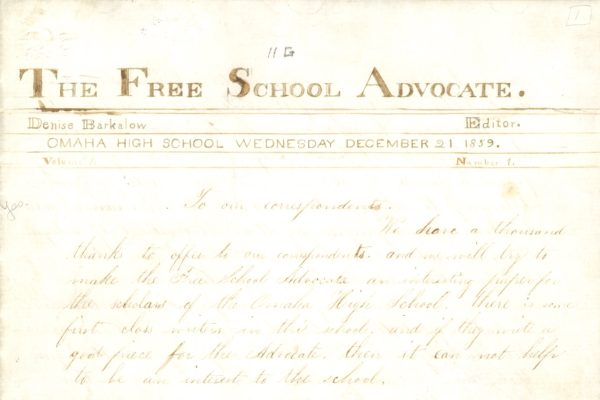The process of making a short film
For the 2022 Nebraska Thespian Festival, Mr. Mead’s drama students were given a myriad of selections they could make regarding performances or challenges they wished to participate in during the event. As I scrolled through the list of options, only one caught my eye enough for me to fully commit to completing it, and that was the short film contest.
As an avid iMovie user whose mind immediately goes to the idea of creating a video for a school project when given the option, I was already very familiar with the pre-production, production, and post-production processes.
Fortunately for me, I had enrolled in the OPS Career Center’s Digital Video Production class to further my video-editing ability. Over the first quarter of the class, I had become familiar enough with Adobe Premiere Pro to move away from editing videos off of iMovie.
Having this new software at my disposal meant my short film for the festival could reach a new level of professionalism (and thanks to an OPS Adobe account), allowed me to use Premiere Pro wherever I pleased, not just at the career center.
Along with the general rule that the film should be under five minutes in length, I was also given a theme to base the video around: True Colors. With everything I needed all sorted out now, I finally started brainstorming ideas for my film. Well, I tried to brainstorm, with little to no success for around a week.
I was struggling with an original concept that would fit the criteria, but just as suddenly as I will bring up my idea now, it dawned on me; I could tell a story representative of the time I’ve devoted to both football and drama, and how those both conflict with each other and work together.
There truly is no secret to conjuring up a concept for any level of media (and it’s exceedingly difficult for me at times), but eventually you’ll think of an idea that you either love or have to settle with, but by the time you have your final concept, that’s when the rest of pre-production can start.
For most people, the easiest way to plan out a film is through the use of a storyboard. There are plenty of websites that can help you create one digitally, but for my convenience, I stuck to a pencil and paper to draw up a storyboard. To make the story as coherent as possible, I also wrote the script for the production in tandem with my storyboard.
Now finished with the planning for the plot, I moved onto location scouting. I kept it simple and only used locations close enough to my house that I could easily bike to. With the places I wanted to film figured out, I was now ready to film. I didn’t put a whole load of effort into costume or prop planning, and just left that up to what I felt worked best right before I went out to film a certain scene.
As the only person adamantly working on this short film, for the days where I couldn’t get help from either my mom or my friends, I specifically filmed the scenes and shots that did not require the camera to move. For the days I did have help, I made sure to squeeze as much shooting into a single timeframe while outdoors so the lighting from the sun would remain at least a little consistent. There were a few shots that didn’t need to be outdoors, and those I could film whenever I had free time.
With production wrapped up, I could finally move on to post-production. To start, I found all the sound effects and audio tracks that I wanted to use for the video. The process went a little slower than I was used to, as the guidelines provided by the festival committee included a clause regarding the licenses participants need depending on the songs they wish to use. If the song was in the Creative Commons, then all a student would have to do is credit the artist in the credits of their film. If the song was not eligible for free use, then a proof of purchase for the song would need to be shown for the song to be used. To keep things as simple as possible, I scored my video with classical music, and since the composers have all been dead for quite some time, their songs are in the Creative Commons.
It’s actually a bit of a lie to say this is where I edited all of my footage. Throughout the first half of the week this video took to finish, after I finished a certain scene, I would upload it to Premiere, where I would then get a few things done, such as get the clips on the timeline or sync some of the music. By the second half of the week, I had fully finished filming, and after I had gathered all my audio clips, I fully devoted any free time I could get to editing. It was a tedious process, but one that eventually got done. After some final touch-ups, I was ready to turn it in.
If you would like to watch the full video, follow this link, or copy and paste it into your search bar:
Your donation will support the student journalists of Omaha Central High School. Your contribution will allow us to purchase equipment and cover our annual website hosting costs.
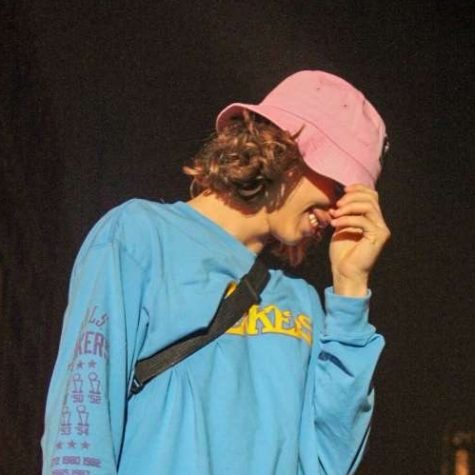
Hello there! I'm a sophomore, and this is my second year on staff. I am also an avid Letterboxd user.




